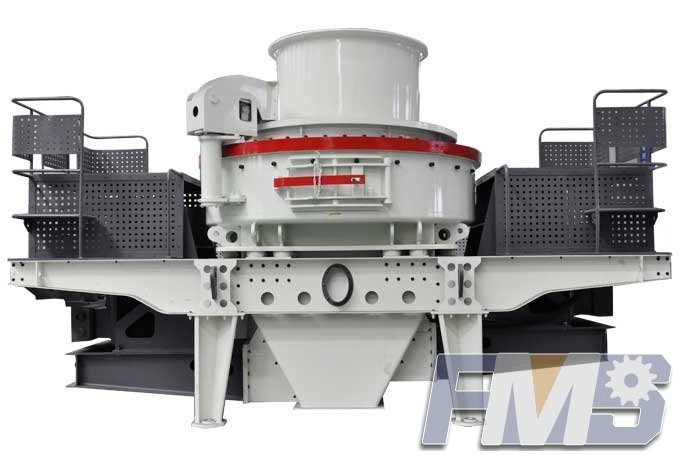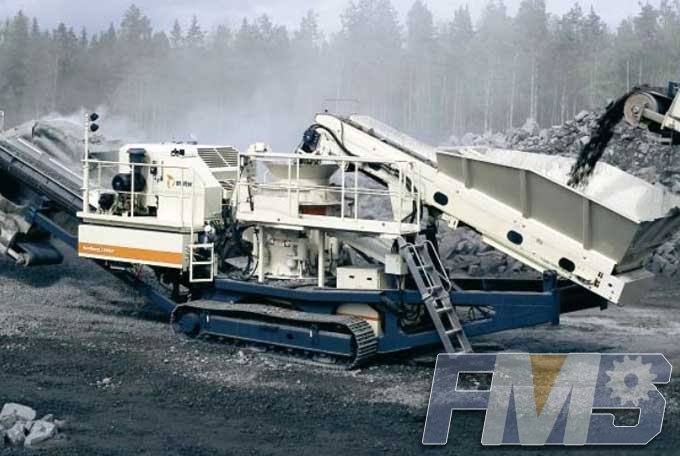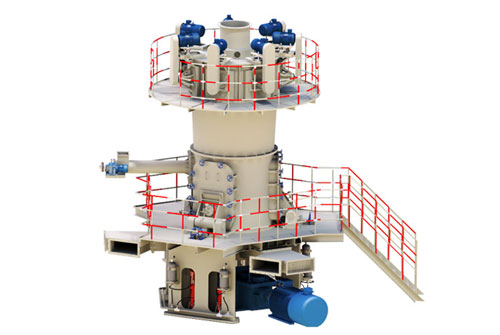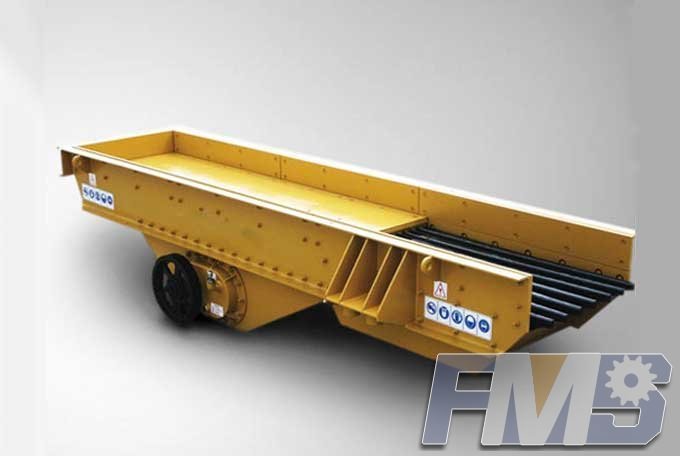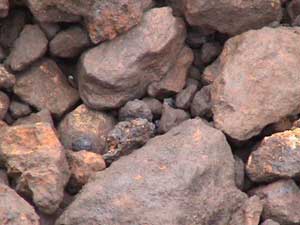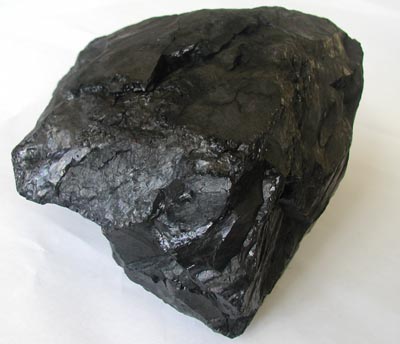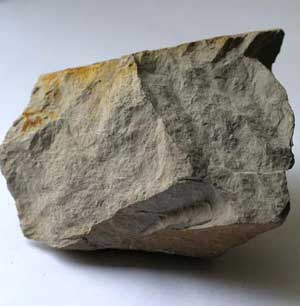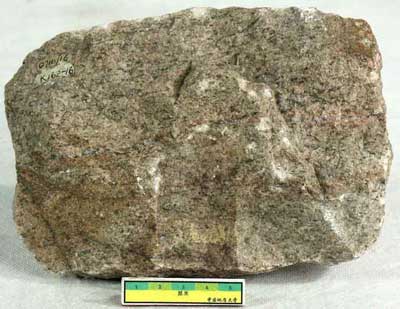Selecte a Crushing Plant
Primary crusher systems are usually the biggest and most expensive items of equipment for reducing raw material to an acceptable size. The whole of the crusher house arrangement is designed around the primary crusher and a mistake in the initial choice can be very costly. The following have a bearing on the choice of crusher:
Characteristics of the Material
This includes the geological classification of the rock physical structure, chemical analysis and an evaluation of its resistance to crushing. Such information may be obtained from neighbouring quarries or from laboratory testing of actual samples. Many deposits of limestone are thinly stratified and can be blasted into fragments that can easily be handled by a medium size crusher, a gyratory or sledge roll. A jaw crusher may be necessary if the rock formation is massive and tends to be blasted into big blocks bounded by jointing. If the rock to be processed contains high amounts of silica or other abrasive material roll and hammer crushers are not a suitable selection unless the host rock is very soft and friable. Even then they are unlikely to be an economic proposition.
Capacity
A crusher cannot be selected solely on the basis of capacity and should never be selected to just meet the capacity. In the average quarry operation there is little or no surge capacity. In an operation delay was to occur in loading then the primary crusher will in short order stop through lack of feed. All crushers (primary or secondary) will bridge or block at some stage. The crusher capacity must be high enough to overcome these shortfalls in production. Minimum reserve capacity should be 25 % and up to 50 % in critical cases. Care should be taken when selecting secondary or tertiary crusher systems that their combined feed rate will be capable of accepting the entire product (requiring further reduction) from the primary.
Product Size
A primary crusher should give the highest reduction ratio as is economically feasible. The crusher will be set at or near its minimum setting. This will reduce the throughput and the figures quoted for crusher performance should reflect this. Reduction ratio depends on the tip speed of the crusher if a rotary for 95 % of the measure of reduction. The higher the tip speed the greater the reduction ratio. However increased speed results in increased wear on the crusher and maintenance costs rise steeply.
Quarry Equipment
Face loading and transporting equipment are all included in this. Usually the only surge capacity in the quarry is that loaded into the trucks. The distance that the material has to be moved as well as the number of trucks available will determine the actual peak capacity needed to maintain throughput and therefore the size of the primary crusher. All types of crusher work at their best efficiency if continuously fed at a rate close to designed throughput. A short transporting distance with relatively small trucks will approximate this condition. A surge bin ahead of the primary crusher capable of holding three or four trucks should take up any minor delays in feed supply.
Drilling and Blasting
The size of the drillhole should be suitable for the physical properties of the material. If not then the average rock size to the crusher may be large. This becomes important when a new primary crusher is to be installed on an existing operation and the drilling equipment is not being replaced. Different types of explosives result in different muckpile characteristics and fragmentation analyze. ANFO is a common explosive found in quarries, it is cheap and easy to make on site. When it detonates there is a higher proportion of heave energy released. This result in a coarser muckpile than if an emulsion explosive was used. The number of holes and rows fired in a blast will also affect the muckpile fragmentation. Oversize is generated from the collar of holes and the backbreak from the final row. If large blasts are set off and a hang up occurs then it is possible that the crusher could stand for some considerable time.
Feeder Design
At most plants there will be an intermediate stockpile between the primary and secondary crusher systems. A majority of quarries will be able to produce the required tonnage on one shift. The plant process is continuous and therefore enough material must be available to permit the operation to continue on the other shifts.
Get Detail Information:
(If you do not want to contact to our online customer service, please fill out the following form, Our client manager will contact you later. We will strictly protect your privacy.)


